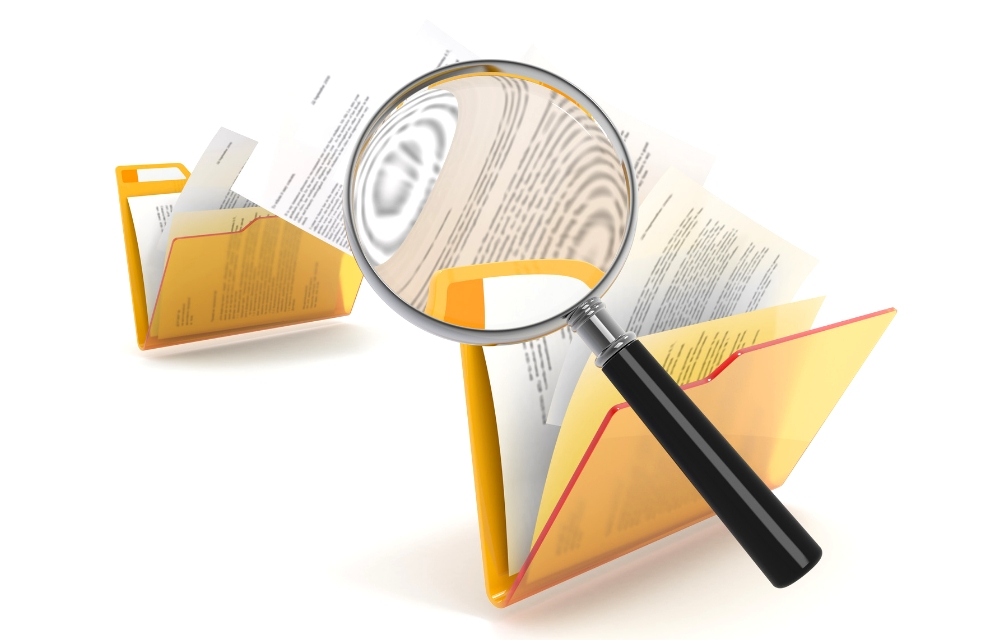Micro captives have been listed on the Internal Revenue Service (IRS)’s dirty dozen list of “tax scams to avoid” for the fifth consecutive year.
The annual list is a compilation of a variety of common scams that the IRS suggests represent “the worst of the worst tax scams” and should be avoided by taxpayers.
Micro captives are taxed under section 831(b) of the tax code and have a premium limit of $2.3 million for the 2018 tax year.
Under section 831(b) captive insurers that qualify as small insurance companies can elect to exclude limited amounts of annual net premiums from income so that the micro captive pays tax only on its investment income.
On the dirty dozen list, the IRS has referred to micro captives as an “abusive tax shelter” and suggested that certain micro captive “structures, promoters, accountants or wealth planners persuade owners of closely-held entities to participate in schemes that lack many of the attributes of insurance”.
According to the IRS, the repeated inclusion of micro captives reflects the service’s “commitment to curbing abusive arrangements through audits, investigations, and litigation”.
The IRS has had a number of tax court successes against micro captives over the past few years.
In the Avrahami case in 2017, the US tax court disallowed the “wholly unreasonable” premium deductions the taxpayer had claimed in a micro captive arrangement and concluded that the arrangement was not insurance under long-established law.
Last year, in the Reserve Mechanical case, the tax court determined that the transactions in another micro captive arrangement were not insurance.
Prior to those two rulings, the IRS issued guidance that micro captive transactions have potential for tax avoidance and evasion in 2016, and established reporting requirements for them via Notice 2016-66.
The 2019 dirty dozen list notes: “The IRS has devoted substantial resources with more than 500 docketed cases in tax court and is conducting numerous income tax examinations of the participants in these arrangements, as well as promoter investigations.”


